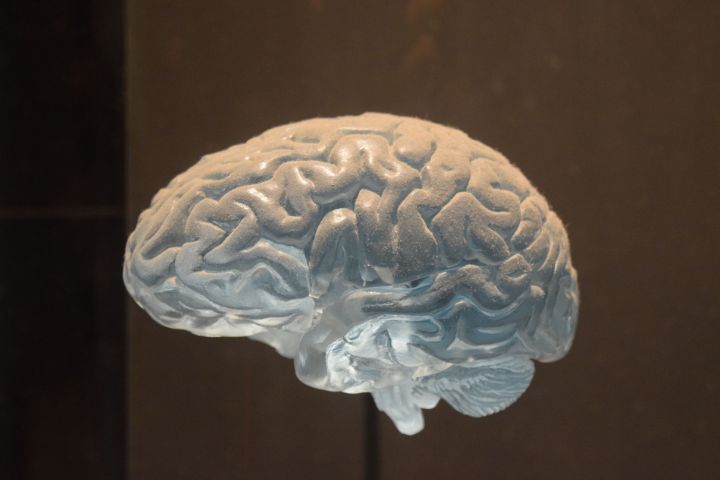
Environmental contaminants can have long-lasting effects on cognitive and neural health, according to a new study by DePaul researchers. The work, led by Margaret Bell, associate professor of biological sciences, examines the impact of a common man-made chemical on neuroimmune responses in rats. Three former students from DePaul's undergraduate and graduate programs in biological sciences and health sciences - Katherine Walker (BS, MS), Simone Rhodes (BS, MS), and Debbie Liberman (BS) - were also authors on the study.
The research team looked at polychlorinated biphenyls, known as PCBs, an organic compound abundant in the environment due to long-term use in industrial manufacturing in the US until being banned in 1977. PCB exposure remains high due to its chemical stability and enduring presence in food, water, soil, and aging infrastructure, leading it to be dubbed a “forever chemical."
Bell and her colleagues examined the effects of early life exposure to PCBs in a rat model by feeding pregnant rats an environmentally relevant mixture of PCBs. Once male and female offspring reached adulthood, they were then exposed to an inflammatory agent prior to gene and tissue analysis. The experiment revealed that PCBs can interact with other inflammatory challenges in brain-region and sex-specific ways, with potential long-term health outcomes.
“We're interested in a special type of cell in the brain called microglia; they are important in brain development, responding to infection and stress, and are implicated in a range of brain disorders. Using rats as a model for human brain development, we've found that exposure to PCBs during gestation can change how microglia respond to an experimental model of infection in adolescence," Bell explains.
While the PCBs alone did not change gene expression or microglial shape, they did affect how the cells responded to this later inflammatory challenge, resulting in altered gene activation and microglial morphology in male and female brains.
“These results affirm that what happens early in life can have long-lasting effects that sometimes aren't even detectable until later in life. They also highlight microglia as possible targets that haven't been as well-studied as other cells in the brain," Bell says.
The findings can help guide future research by encouraging scientists to take factors like sex and secondary immune activation into account during experiment design, allowing for greater insight into the real-world implications of exposure. With the global prevalence of PCBs, the necessity of understanding the chemical's impact is urgent.
Bell says that there are steps individuals can take to minimize potential exposure to environmental contaminants. “Pick a few things you have control over, whether it be watching out for certain foods or specific personal products, and just focus on those. The stress of worrying about everything might be just as harmful as the exposure," she says.
Regulation by government agencies is another important factor, she emphasizes, and one which individuals can further influence. “Your vote matters in determining the focus and efficacy of these organizations," Bell shares.
The study was published in the journal Neurotoxicology and can be viewed here.